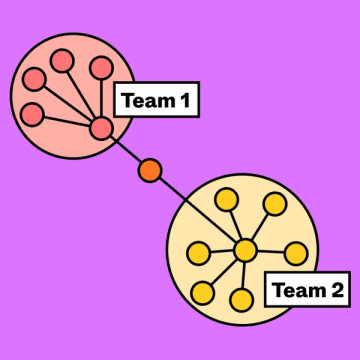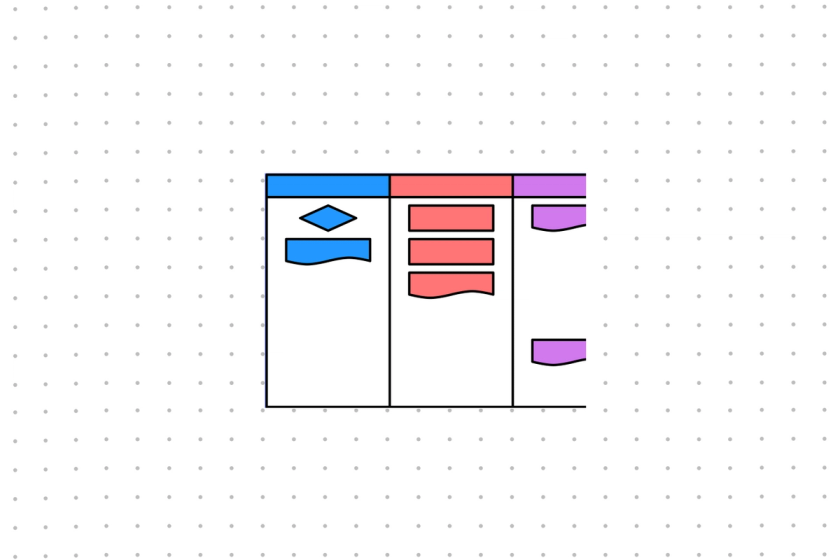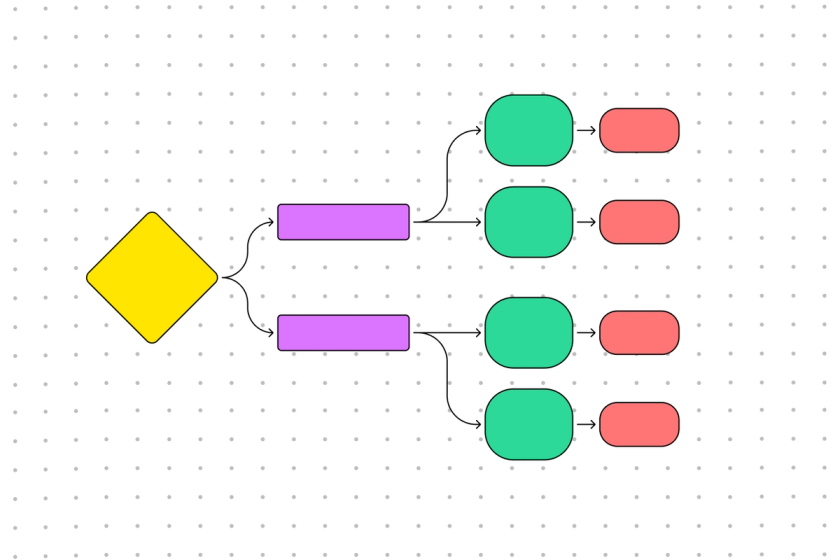FigJamGet to the action with a plot diagram example
Whether you’re finessing your first novel or perfecting the narrative of your new client pitch, map out your plot with a story diagram template that shapes your narrative into its most captivating form.
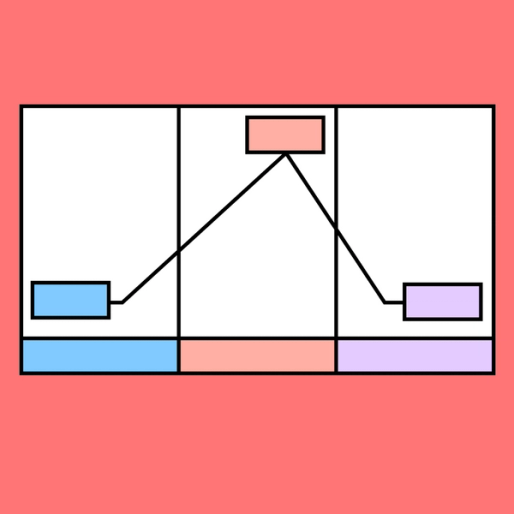
Plot diagram example
Craft compelling stories with exposition, rising action, climax, falling action, and resolution.
A formula that’s anything but formulaic
Keep your story on track with 5 plot points that sculpt the narrative’s flow and engage readers.
Draft it out: Build your story with 5 narrative touchstones to guide you.
Curate your content: Create unity and smooth readability between sections.
Skip to the end: Visualize the ebb and flow of your story’s tensions for coherent resolutions.
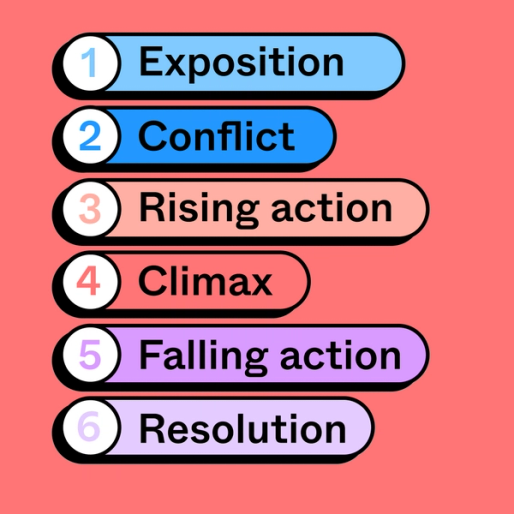
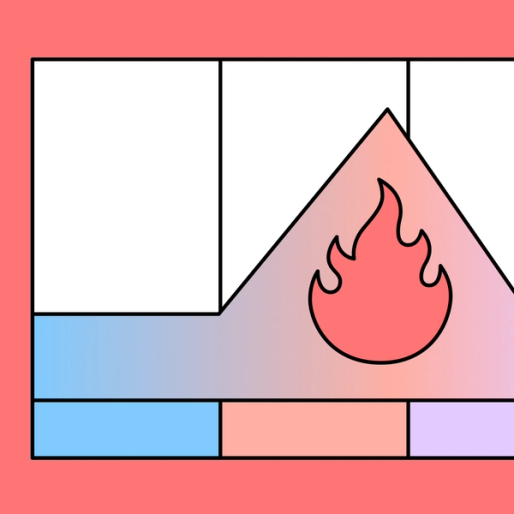
FigJamTurn over a new page
Every story requires a reader (or two). With FigJam’s free resources and Community-built widgets like Lil Notes, Emoji, and Alignment Scale, fold in real-time feedback and ideas from your trusted editors. Together, you’re bound for the bestsellers list.
Title
Your story’s sure to reach the stacks with our plot diagram template. Take a moment to browse the shelves—FigJam’s Community is full of free knowledge.
FAQs
The best way to learn how to make a plot diagram is to make one! Begin by downloading FigJam’s free, customizable plot structure diagram, and fill in each of the 5 points of the plot diagram, including:
- Exposition – This is the introduction to your world, where you’ll present your characters and their issues, so your reader gleans an impression of your story’s purpose.
- Rising action – This plot point begins with an inciting incident, which builds suspense and propels your characters toward the Climax.
- Climax – This high point on the plot chart diagram is the most significant event in your story, the moment your characters have worked towards consciously or not.
- Falling action – After the climactic moment, the tension begins to dissolve, and the drama of the plot winds down.
- Resolution – This final plot point concludes the story, completing character arcs and answering unresolved questions.
By filling in the plot points above on our blank plot diagram template, you can craft a narrative that’s bound to keep readers glued to the page.
Gustav Freytag, a 19th-century novelist, developed the story diagram to map out typical story structures. His pyramid model has been adapted into classrooms and workplaces alike as a tried and true method for writing dramatic, exciting narratives.
Freytag’s plot diagram is not prescriptive—you can rely on it to shape your story’s flow or use it to compare your piece to the dramatic structure of literature’s greatest works. However you incorporate this tool into your writing, it offers unique insight into how memorable words—and worlds—take shape.
The highest point in your story plot diagram is the climax. Like a mountain’s peak, the climax is the big moment your story’s been leading up to. All the tensions you’ve built converge in a memorable, often suspenseful plot point that prepares the story for ultimate resolution. A blank plot diagram maker can help illuminate the dramatic distance between the climax and every other part of your piece.
Other templates you might like
Explore 1,000+ templates on the Figma community
Explore even more templates, widgets, and plugins—all built by the Figma community.







